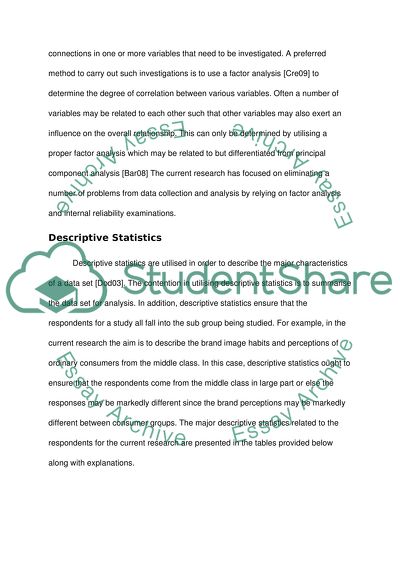Cite this document
(“Descriptive Statistics Essay Example | Topics and Well Written Essays - 3000 words”, n.d.)
Descriptive Statistics Essay Example | Topics and Well Written Essays - 3000 words. Retrieved from https://studentshare.org/marketing/1401222-chapters
Descriptive Statistics Essay Example | Topics and Well Written Essays - 3000 words. Retrieved from https://studentshare.org/marketing/1401222-chapters
(Descriptive Statistics Essay Example | Topics and Well Written Essays - 3000 Words)
Descriptive Statistics Essay Example | Topics and Well Written Essays - 3000 Words. https://studentshare.org/marketing/1401222-chapters.
Descriptive Statistics Essay Example | Topics and Well Written Essays - 3000 Words. https://studentshare.org/marketing/1401222-chapters.
“Descriptive Statistics Essay Example | Topics and Well Written Essays - 3000 Words”, n.d. https://studentshare.org/marketing/1401222-chapters.


